Carpet vs Hardwood Floor
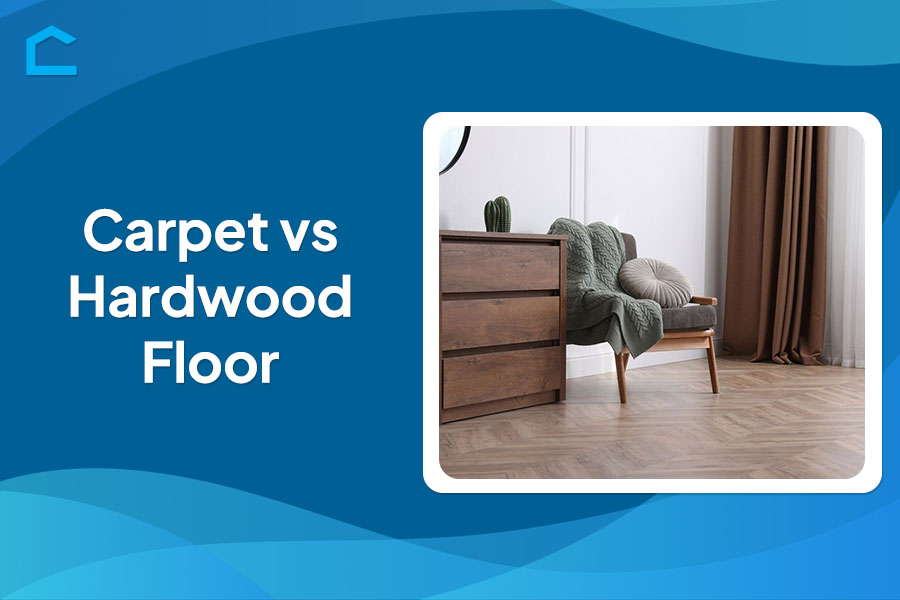
When renovating or building a new home, one of the most pivotal decisions revolves around your choice of flooring material. The age-old debate between carpet vs hardwood floor continues to perplex homeowners seeking the ideal blend of style, comfort, and functionality.
This comprehensive guide dives deep into the nuances of carpeted floors and hardwood planks, providing an unbiased comparison. We’ll assess key factors like durability, maintenance demands, cost implications, and aesthetic value.
From the warm embrace of plush carpeting to the timeless charm of rich hardwood tones, you’ll gain invaluable insights to determine which option aligns best with your lifestyle and design vision.
Whether drawn to the cozy softness underfoot or the elegance of natural wood finishes, this article ensures you can confidently weigh the pros and cons. Prepare to untangle the great carpet vs hardwood floor dilemma and select flooring that perfectly complements your abode.
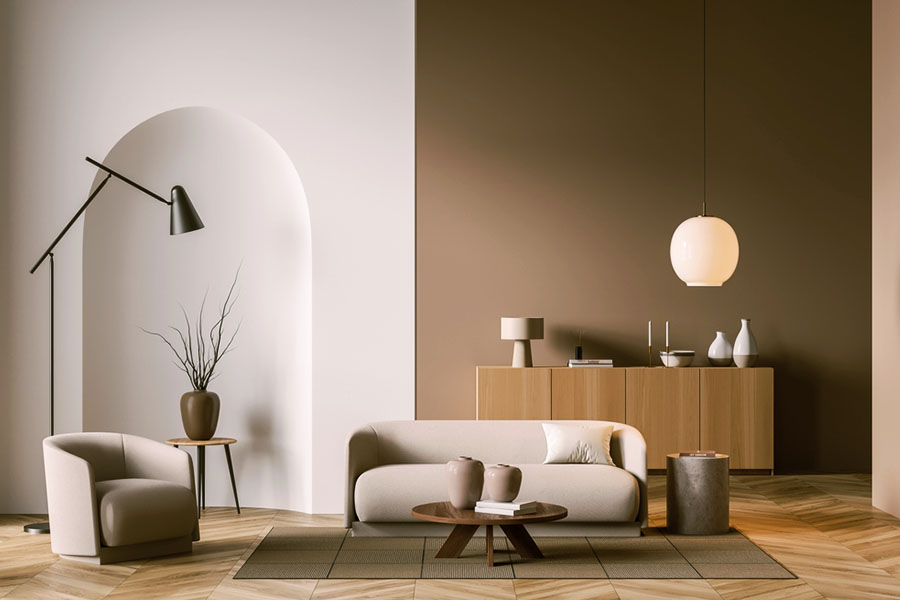
Carpet vs Hardwood Floor
Carpet and hardwood floors offer distinct advantages. Carpets are soft, cozy, and muffle noise, but they stain easily and can trap allergens. Hardwood floors are durable, stylish, and easy to clean, yet they can be noisy and prone to scratching.
Deciding between them depends on factors like your lifestyle, preferences, and budget. If you prioritize comfort and warmth, carpet might be the choice. If you prefer a timeless look and easy maintenance, hardwood could be the way to go. So, is it better to have carpet or hardwood floors?
Appearance
Aesthetic versatility
When comparing the appearance of carpet versus hardwood flooring, both options bring distinctly different aesthetics that contribute to the overall look and feel of a space.
Carpet offers an inviting, cozy ambiance with its soft, plush texture underfoot. It comes in a vast array of colors and patterns, allowing for creativity in defining separate zones or areas within a room. However, too much patterned carpeting can make a space feel busy or visually flat.
Hardwood flooring is naturally elegant. Its smooth texture and warm, rich tones come from various wood grains and finishes. The seamless flow of hardwood planks complements various design styles beautifully, from traditional to modern and open-concept living spaces. While more limited in color and pattern variety, hardwood opens up areas visually and adds wonderful organic character.
Visual impact
The aesthetic versatility of carpet allows it to make certain rooms, like bedrooms, feel ultra cozy and comfortable. Too much carpeting throughout a home, however, can start to feel constricting or dull.
Hardwood floors bring an airy, bright quality that maximizes the sense of space. The varied grains and slight sheen add lovely dimension and visual interest. In open floor plans especially, hardwood creates a stunning, seamless look from room to room.
Flooring types cultivate unique moods and ambiances based on interior style goals and practical needs. Each type has its own strengths. Carefully considering the textural feel and overall aesthetic impact will ensure the chosen flooring enhances the space optimally.
Durability
Withstanding daily wear
Durability is a critical factor when choosing between carpet and hardwood flooring. In terms of withstanding wear and tear, hardwood proves exceptionally resilient and long-lasting compared to carpets.
While carpets feel luxuriously soft underfoot initially, high-traffic areas quickly become matted and crushed over time. Regular vacuuming helps but cannot fully revive heavily worn carpet fibers.
Hardwood floors, on the other hand, resist dents, scuffs, and light scratches with admirable fortitude even after years of daily use. However, large furniture pieces can potentially leave unsightly marks on wood planks.
Stain and fade resistance
When it comes to stain resistance, hardwood holds a clear advantage. Most common household stains can simply be wiped up from sealed hardwood without issue. But spills can’t be left too long.
Carpets are notoriously prone to trapping stains which often prove very difficult to remove completely, even with diligent shampooing and steam cleaning. Both carpet and hardwood can fade and discolor somewhat from prolonged sun exposure. But window treatments, area rugs, and periodically rearranging furniture mitigate this.
Longevity compared
Ultimately, carpet has a somewhat limited longevity of around 5-15 years before replacement is advisable, even with proper care. High-quality carpets may stretch a bit longer, especially in low-traffic areas. In contrast, hardwood floors can easily last 25 years or more when properly maintained.
Having them refinished and resealed extends their beautiful lifespan significantly, potentially lasting generations within the same household. For those seeking maximum durability and minimum replacements, hardwood proves the smarter long-term investment.
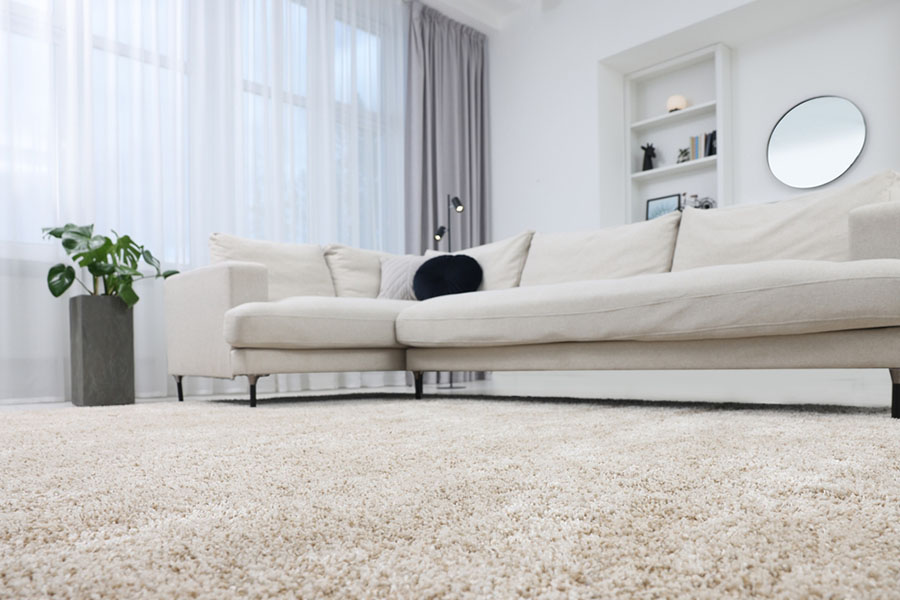
Maintenance
Cleaning routines
When it comes to maintenance requirements, carpets and hardwood floors differ significantly in their cleaning routines. Consistent and thorough vacuuming using a powerful vacuum cleaner is necessary daily in busy rooms to prevent grime buildup on carpets.
Even with regular vacuuming, periodic professional hot water extraction or steam cleaning is recommended yearly to revive carpets and remove deep-set dirt and allergens. Hardwood floor cleaning is more straightforward.
Regular sweeping or dry mopping a few times per week using a hardwood-approved vacuum attachment eliminates surface debris and prevents scratches. Avoiding excess moisture is key, as water can stain and potentially damage hardwood planks over time. Placing rugs in entryways and high-traffic paths also minimizes tracked-in dirt.
Stain removal
While occasional stain removal may require special carpet cleaner products and extra effort, hardwood proves much more resistant to set-in stains overall. With carpets, it can be extremely difficult to fully remove deep, dried stains even with vigorous shampooing.
In contrast, most common household spills and stains on hardwood can simply be wiped up easily if attended to promptly before they set. This lower susceptibility to staining makes hardwood floors a lower maintenance option long-term compared to carpet’s intensive needs.
Allergies and air quality
Carpets trap microscopic allergens like dust mites, pet dander, and pollen deep in their fibers. When walked on, these particles circulate, aggravating allergies and asthma. Vacuuming alone cannot fully remove allergens embedded in the fibers. Professional carpet cleaning provides temporary relief for better air quality.
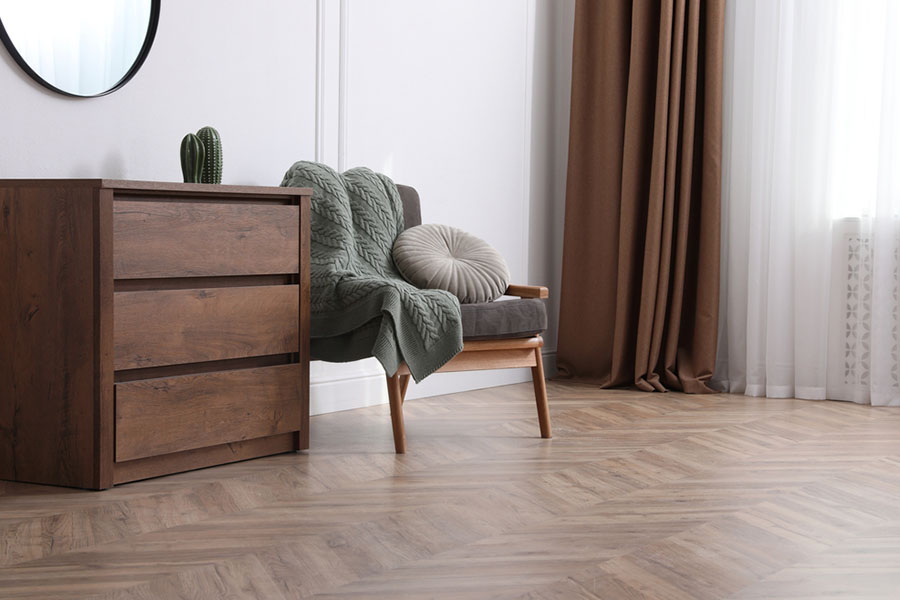
Hardwood’s hypoallergenic advantage
Hardwood floors don’t allow allergens to become trapped. Dust and dander remain on the surface for easy removal with regular cleaning. No fibers accumulate particles, promoting healthier indoor air quality.
For allergy and asthma sufferers, hardwood is the optimal choice to minimize triggers and improve air quality. Its smooth surface doesn’t trap allergens deeply like carpet fibers.
With routine sweeping and damp mopping, hardwood removes irritants effectively without costly intensive cleaning needs. This low-maintenance, hypoallergenic quality makes hardwood flooring the healthier option for minimizing allergy symptoms at home.
Cost
Upfront costs and long-term value
Carpet offers a budget-friendly upfront option with lower material and installation costs compared to hardwood. However, hardwood requires a significantly larger initial investment for quality planks and expert installation.
While cheaper initially, carpets have a limited 5-15 year lifespan before requiring full replacement, incurring repeated reinstallation expenses. Hardwood floors last 25+ years with proper care. Affordable refinishing services every 7-10 years extend hardwood’s remarkable longevity.
Ongoing maintenance
Carpets necessitate yearly professional deep cleaning and potential stain treatment costs. Hardwood only requires basic cleaning supplies with no major recurring expenses. For those able to make the larger upfront payment, hardwood provides superior long-term cost efficiency despite its higher initial price tag.
Its exceptional durability and low maintenance needs offset startup costs. Carpet has a shorter lifespan and accumulates replacement cycles over time. While carpet is budget-friendly for the initial installation, hardwood proves the wiser investment for lasting value.
Considerations for Choosing Between Carpet and Hardwood Flooring
When deciding between carpet vs hardwood floor, there are several important considerations to keep in mind. These factors will help you determine which option is the best fit for your home, lifestyle, and design preferences.
Lifestyle fit and maintenance commitments
When selecting between carpet and hardwood floors, the most suitable option hinges on lifestyle suitability. Carpets provide a softer landing for homes with young kids or pets but show wear easily. Hardwood’s durability complements active households better, though added noise can be a drawback.
Maintenance preferences play a major role. Carpets require frequent vacuuming and annual deep cleaning commitments. For hardwood, upkeep is minimal, with basic sweeping and damp mopping.
Budgetary impact, design aesthetic, and the right choice
Budget is also crucial. As mentioned above, carpets are cheaper upfront but require replacement every 5-15 years. Hardwood’s higher installation costs prove wiser long-term investments, lasting 25+ years. Design aesthetics differ greatly.
Carpets cultivate cozier, textured looks with patterns, while hardwood provides classic elegance and seamless, open-concept styling. Weigh your cleaning routines, kid/pet situations, and budgetary realities.
Consider whether creating an ultra-modern, minimalist feel or an invitingly lush ambiance matters most to you. No option is universally superior. Select the flooring that cohesively enhances your unique lifestyle and interior vision for lasting value and aesthetic impact.
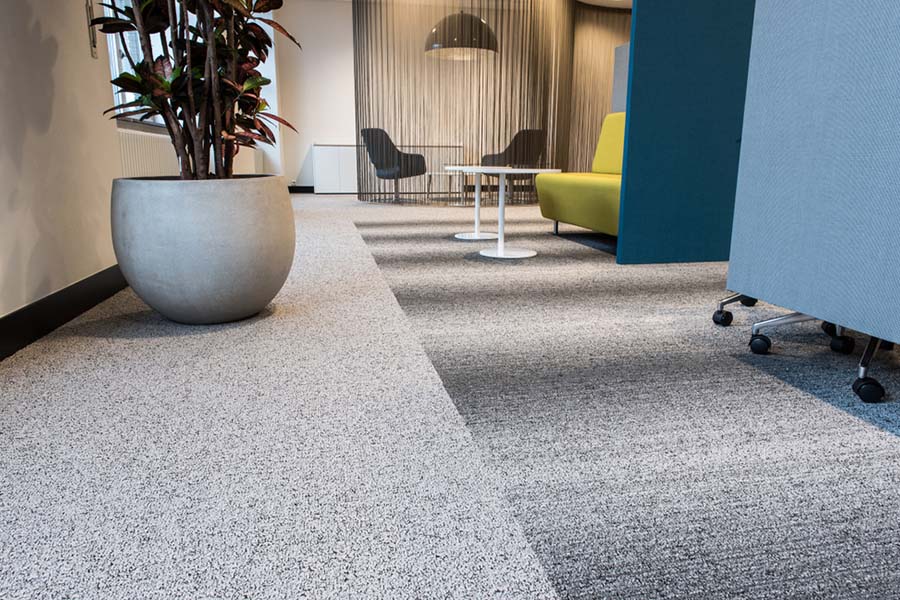
Conclusion
This comprehensive guide has shed light on the intricate details distinguishing luxurious carpets from timeless hardwood floors. We hope you now feel better informed to weigh the unique advantages and drawbacks tied to each flooring option.
From assessing durability and maintenance demands to envisioning your desired ambiance, this article provided a holistic perspective. Armed with this knowledge, you can confidently determine if plush carpeting or rich hardwood better complements your lifestyle and interior goals.
Whichever flooring you select, carpet vs hardwood floor, may it create the perfect foundation for treasured memories at home. Embrace these insights as you step confidently into making your flooring dreams a reality.
